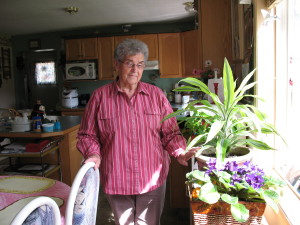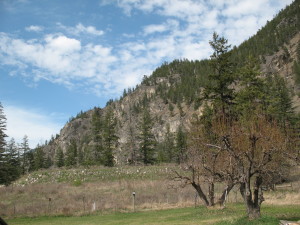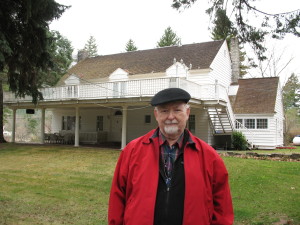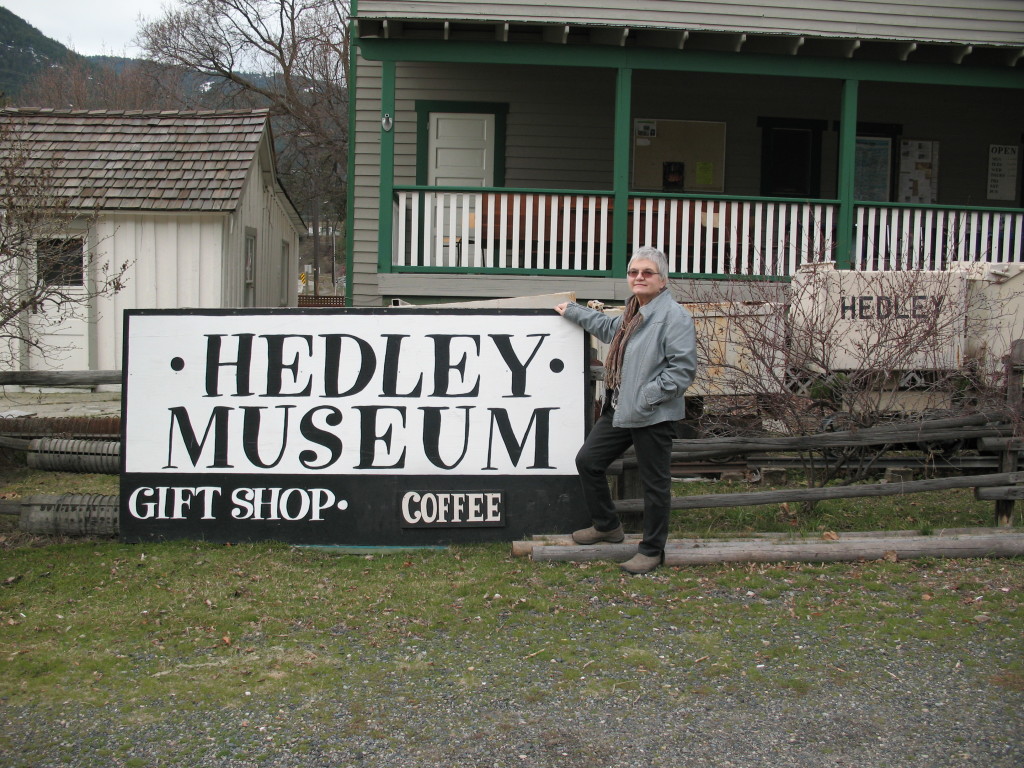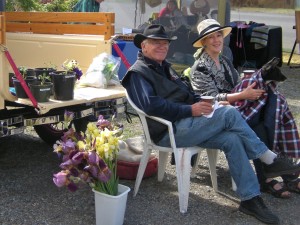
Bill had the good sense to accept the advice of his mill foreman and returned to university. After completing his training, he began his teaching career in Quesnel. Here he taught during the day and tutored Italian railroad workers in English four evenings a week. Subsequently he taught in Maple Ridge, continuing to teach English at night, and then accepted a role in Surrey as one of the first full-time Adult Education administrators in B.C.
His growing experience and expertise in Adult Education brought an invitation to go to India for a year, to advise the Rajasthan State government in this field. “They didn’t really need me,” he says, “I learned from them and it was a wonderful experience. I loved India.”
Upon returning to Canada, he was asked to plan the development of Douglas College. He subsequently became Dean of Continuing Education and then served as President for 15 years. He also wrote feasibility studies for two other Community Colleges.
Bill considers himself very fortunate. “Until I retired,” he says, “I was always in the right place at the right time. I served under people for whom I had great admiration.”
Observing him participate in the community organizations of Hedley, it quickly becomes evident that Bill’s good fortune had less to do with luck than with preparation and the willingness to do what is needed. Undoubtedly, a positive outlook and a touch of charm helped too. His partner Lynn Wells describes him as “a hard worker, very bright, personable and proactive.”
Understanding that everyone appreciates recognition, he gives it quickly and enthusiastically. He is convinced that by working collaboratively, a community can accomplish what seems impossible. This positive, proactive thinking has many times attracted the attention of people in authority and power. For his work in Adult and International Education, Bill was awarded the Order of Canada. Then, after official retirement, to his great amazement, he received a call from Ottawa offering him a position as Citizenship Judge.
“I was certain at first they had the wrong Bill Day,” he recalls. “When they assured me they didn’t, I was thunderstruck.” Pausing as though reliving that moment he says, “it was very affirming. It told me I had actually done a good job.” “I loved the work and carried on for ten more years until I reached mandatory retirement at 76.”
Bill is still doing a good job, even if he doesn’t get paid for it now. At the Hedley Museum he said to the Directors, “tell me what you need done and I’ll do it.” Last year he spoke at Hedley’s Canada Day celebration and also at the Remembrance Day ceremony. He is currently spearheading the development of Unity Park in Hedley. He and Lynn are “devoted” volunteers at the Princeton Traditional Music Festival. This morning, before our visit, he painted woodwork and washed windows at the Seniors’ Centre.
After sitting across the table with Bill and Lynn for over an hour, I realized that his mind hadn’t lost its focus even for a moment. He is optimistic, bright, high octane, apparently healthy, and community minded. I wasn’t surprised when he said at the end of our time together, “it’s being a great life.”

